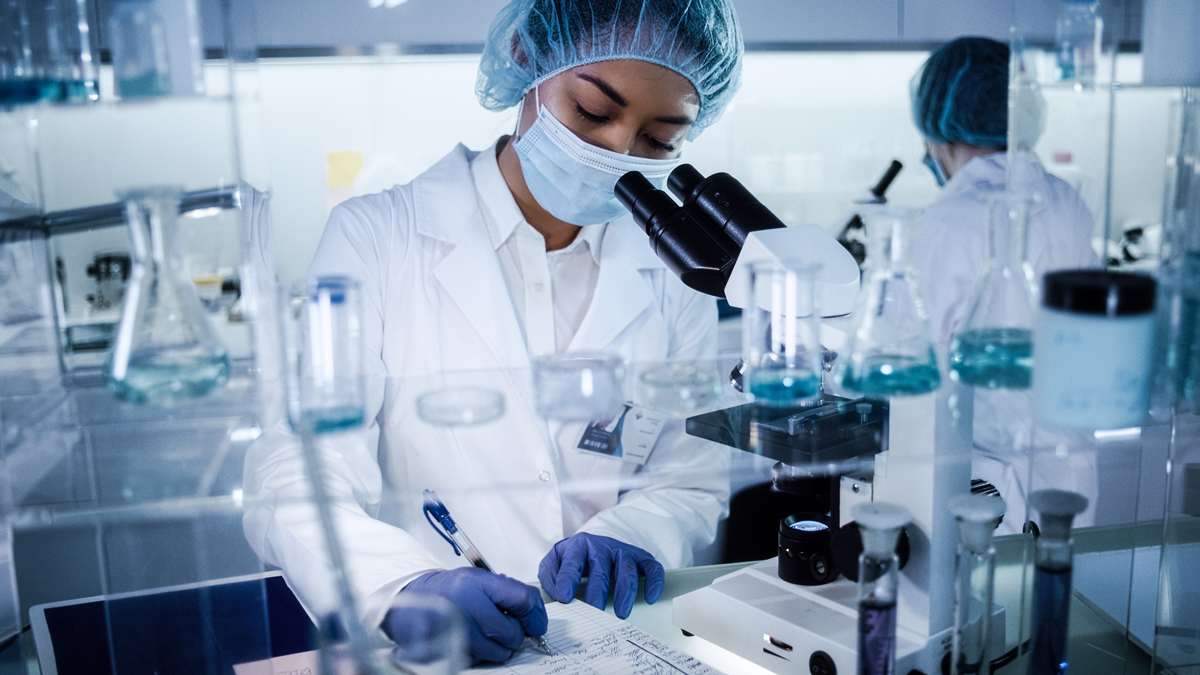Babraham Institute makes breakthrough in early human embryo research

A new stem cell model, discovered by researchers exploring the human genome, will help scientists to map out the key genomic changes during early development.
The finding, made by the Babraham Institute, Cambridge, will be invaluable in the drive to understand the implications of genome activation errors in developmental disorders and embryo loss, as reported in the journal Cell Stem Cell.
The latest outcome centres on a subset of human embryonic stem cells that closely resemble the cells present at the zygotic genome activation (ZGA) stage of the eight-cell embryo stage in humans, which is when the embryo’s genome takes over control of the cell’s activities from the maternal genome.
Prior to this latest development, research into the human ZGA was limited to human embryos at a later stage of growth, under stringent UK regulations. This meant that early ZGA research had to be carried out on non-human models.
Indeed, this latest discovery follows scientists uncovering the genome stage of development in mouse embryonic stem cells (ESCs) a decade ago. The recent work carried out by the Reik laboratory at the Babraham Institute, will boost progress when it comes to understanding what happens during pre-implantation development, thanks to their discovery of the human equivalent.
In the study, a subset of human ESCs with the right transcriptome – RNA code output – was found to be a potential match for the 8-cell stage, which is when most genome activation occurs. These were dubbed ‘8-cell like cells’ (8CLCs) and were studied in conjunction with published human data to confirm that these cells shared the same molecular outputs indicative of genome activation – and were suitable to be used for future studies.
Additionally, the Reik team collaborated with Professor Jennifer Nichols from the Wellcome - MRC Cambridge Stem Cell Institute. This study aimed to select those proteins present in both sets of cells that were indicative of ZGA – they found that the ZGA-associated proteins of 8CLCs closely matched those seen in human 8-cell embryos – a huge breakthrough.
“The collaboration with Professor Nichols and her team was vital as we could identify selected proteins and really look at those in real, fixed human 8-cell stage embryo cells compared to our new stem cell counterparts,” says Dr Jasmin Taubenschmid-Stowers, lead author and research fellow at the Reik lab’s epigenetics research team.
“This work confirmed that our 8C-like cells matched at the protein level too, in addition to the transcriptomics data, providing validation that the 8-cell like cells matched embryo cells across multiple molecular layers.”












